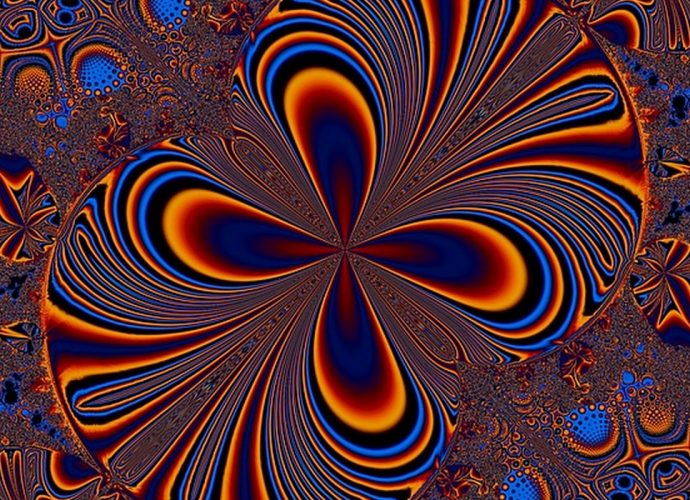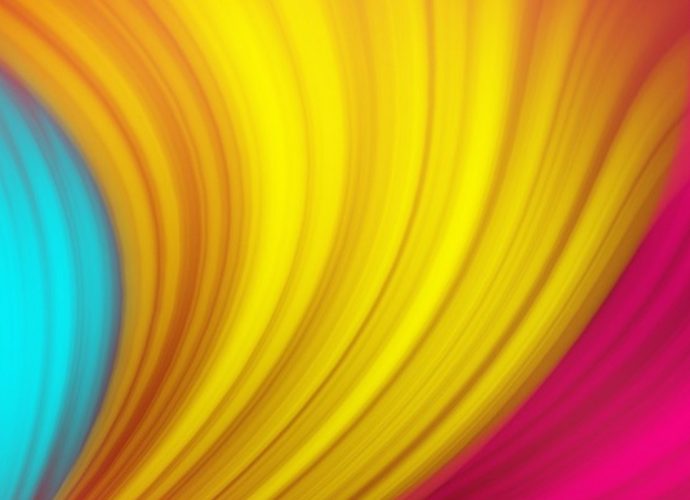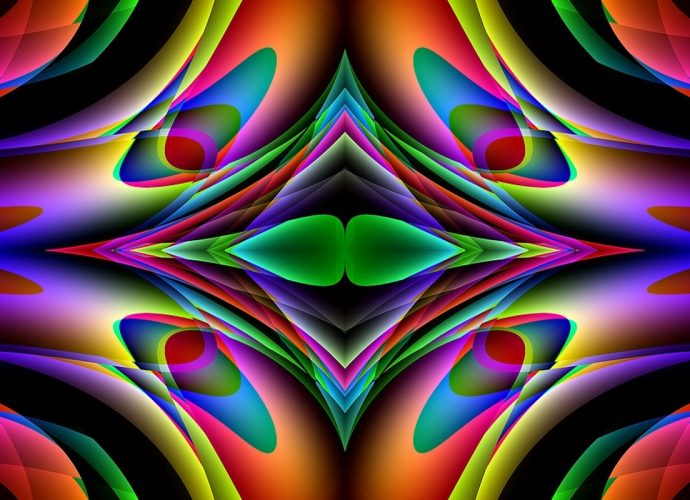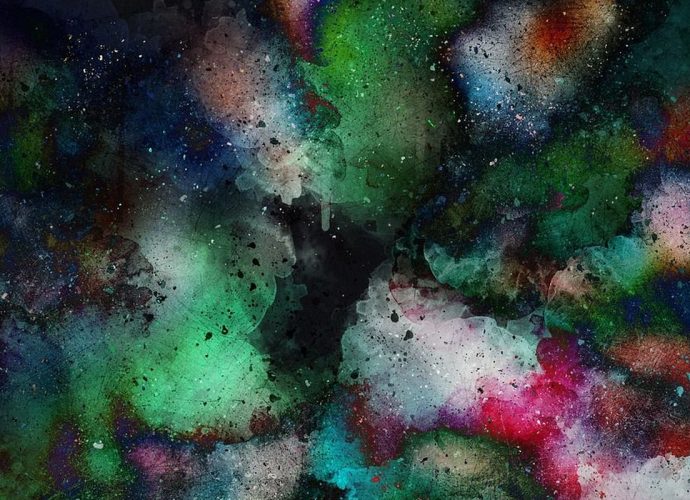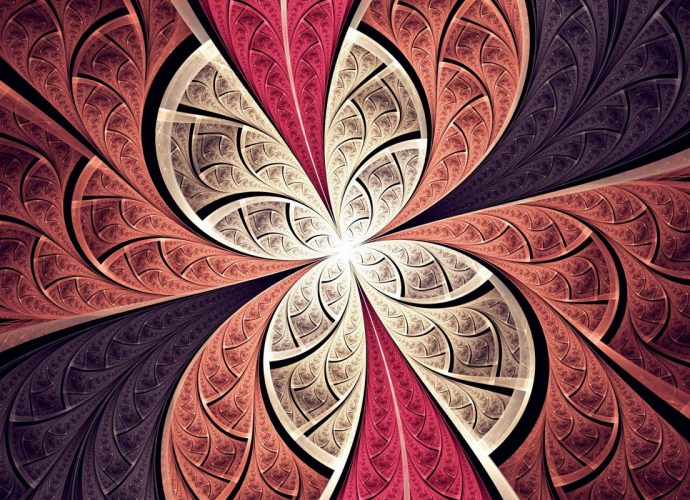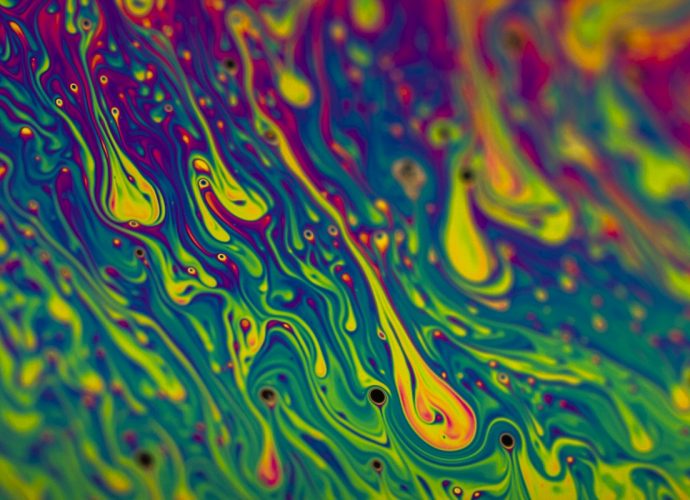Is There A Difference Between Gases?
So, what’s the difference between premium and regular gas? Regular gas is rated at 87 octane in most states, while premium gas is often rated higher at 91 or 93. Fuel with a higher octane rating can stand up to higher compression before it detonates. Who has the best qualityRead More →

